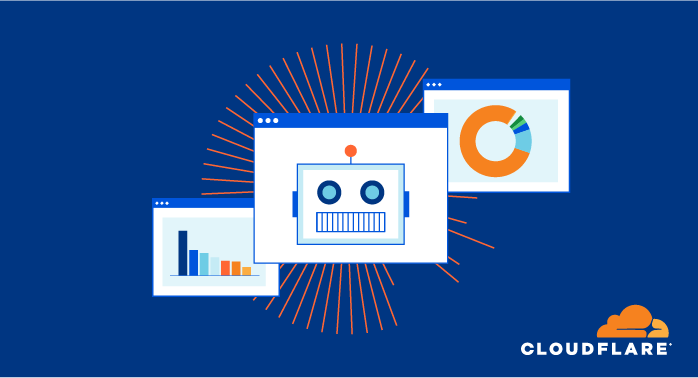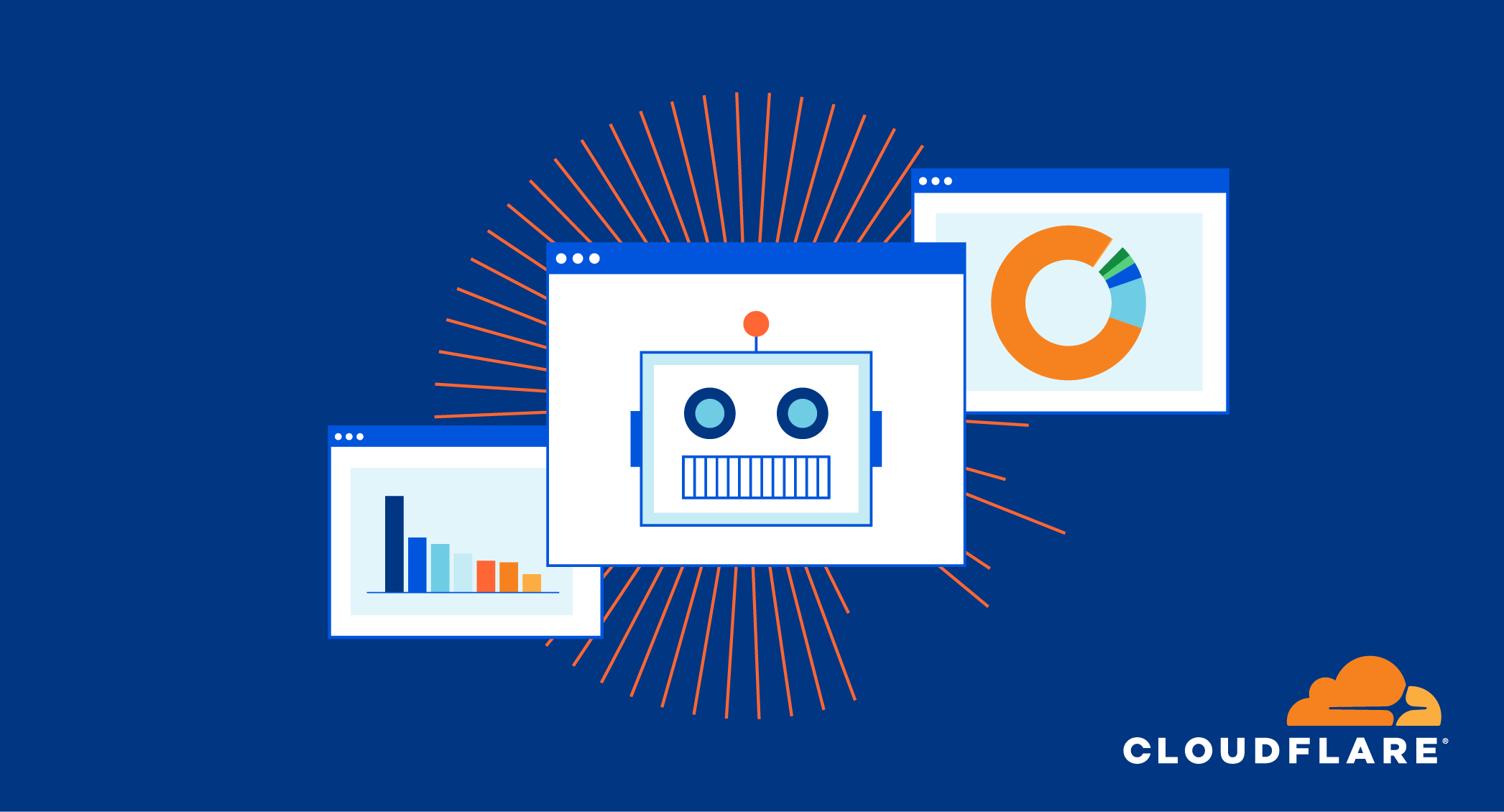Technologies that Didn’t: Network Operating Systems
For those with a long memory—no, even longer than that—there were once things called Network Operating Systems (NOS’s). These were not the kinds of NOS’s we have today, like Cisco IOS Software, or Arista EOS, or even SONiC. Rather, these were designed for servers. The most common example was Novell’s Netware. These operating systems were the “bread and butter” of the networking world for many years. I was a Certified Netware Expert (CNE) version 4.0, and then 4.11, before I moved into the routing and switching world. I also deployed Banyan’s Vines, IBM’s OS/2, and a much simpler system called LANtastic, among others.
What were these pieces of software? They were largely built around providing a complete environment for the network user. These systems began with file sharing and directory services and included a small driver that would need to be installed on each host accessing the file share. This small driver was actually a network stack for a proprietary set of protocols. For Vines, this was VIP; for Netware, it was IPX. Over time, these systems began to include email, and then, as a natural outgrowth of file sharing and email, directory services. For some time, there Continue reading
Full Stack Journey 047: Using Kubernetes And Crossplane To Provision Cloud Infrastructure
Today's Full Stack Journey episode explores the Crossplane project, which uses APIs in Kubernetes and public cloud providers to allow you to provision and manage cloud services and infrastructure from Kubernetes. Crossplane maintainer Daniel Mangum is our guide.
The post Full Stack Journey 047: Using Kubernetes And Crossplane To Provision Cloud Infrastructure appeared first on Packet Pushers.
Full Stack Journey 047: Using Kubernetes And Crossplane To Provision Cloud Infrastructure
Today's Full Stack Journey episode explores the Crossplane project, which uses APIs in Kubernetes and public cloud providers to allow you to provision and manage cloud services and infrastructure from Kubernetes. Crossplane maintainer Daniel Mangum is our guide.HS001 – Detecting Hype in 5G Marketing
Greg brings the topic of Hype in 5G Marketing and attempts to explain why some hype is legit but humans should care less. Keith puts the brakes on and provides context, breakdown and reality.Bot Attack trends for Jan-Jul 2020


Now that we’re a long way through 2020, let’s take a look at automated traffic, which makes up almost 40% of total Internet traffic.
This blog post is a high-level overview of bot traffic on Cloudflare’s network. Cloudflare offers a comprehensive Bot Management tool for Enterprise customers, along with an effective free tool called Bot Fight Mode. Because of the tremendous amount of traffic that flows through our network each day, Cloudflare is in a unique position to analyze global bot trends.
In this post, we will cover the basics of bot traffic and distinguish between automated requests and other human requests (What Is A Bot?). Then, we’ll move on to a global overview of bot traffic around the world (A RoboBird’s Eye View, A Bot Day and Bots All Over The World), and dive into North American traffic (A Look into North American Traffic). Lastly, we’ll finish with an overview of how the coronavirus pandemic affected global traffic, and we’ll take a deeper look at European traffic (Bots During COVID-19 In Europe).
On average, Cloudflare processes 18 million HTTP requests every second. This is a great opportunity to understand how bots shape the Continue reading
Getting Started With Noction Flow Analyzer
The post Getting Started With Noction Flow Analyzer appeared first on Noction.
Going Postal
The Internet was not the first communications system constructed as compound service, where the end-to-end service was built using the services provided by many individual service providers. International telephony was constructed in a similar manner, and predating the telephone was the international postal service. In this article I’d like to look at the Universal Postal Union's track record of trying to construct a fair and efficient way to allow each service provider to be compensated for their part in the construction of the delivered end-to-end service. As with the Internet, it all comes down to the choice of the framework for settlement and peering between providers.Worth Exploring: bgpstuff.net
Darren O’Connor put together a BGP looking glass with web GUI. Nothing fancy so far… but he also offers REST API interface (because REST API sounds so much better than HTTP).
The REST API calls return text results, so you can use them straight in a Bash script. For example, here’s a simple script to print a bunch of details about your current IP address:
Worth Exploring: bgpstuff.net
Darren O’Connor put together a BGP looking glass with web GUI. Nothing fancy so far… but he also offers REST API interface (because REST API sounds so much better than HTTP).
The REST API calls return text results, so you can use them straight in a Bash script. For example, here’s a simple script to print a bunch of details about your current IP address:
My Journey Towards the Cisco Certified DevNet Specialist – Service Provider by Nick Russo
On 14 October 2020, I took and passed the Automating Cisco Service Provider Solutions (SPAUTO) exam on my first attempt. This is the fifth DevNet exam I’ve passed and was a topic area in which I was already strong. Many people know me for my CCIE Service Provider Comprehensive Guide where I cover advanced SP technology. Others know me for my Pluralsight Ansible and Python network automation courses that implement an “infrastructure as code” solution to manage MPLS L3VPN route-targets. Suffice it to say that I’ve been doing SP stuff for a while.
Compared to the other concentration exams I’ve passed (ENAUTO and SAUTO), SPAUTO was about the same level of difficulty. The exam has a fair amount of carryover from DEVASC, DEVCOR, and ENAUTO, given the similarities of their blueprints, but is still quite heavy on SP products. Fortunately, there are only a few key products listed on the blueprint, making it narrower than SAUTO (which tested about 15 different APIs). Like ENAUTO, strong Python and network automation skills are important for this exam, and I’d strongly recommend having real-life SP design, implementation, and operations experience before attempting it.
Unlike DEVASC, DEVCOR, ENAUTO, and Continue reading
Tech Bytes: Integrating Automation And Whitebox With Apstra And SONiC (Sponsored)
Today's Tech Bytes podcast, sponsored by Apstra, dives into the integration between Apstra’s AOS data center automation platform and the SONiC Enterprise distribution, a Dell-supported version of the open-source SONiC network OS.Tech Bytes: Integrating Automation And Whitebox With Apstra And SONiC (Sponsored)
Today's Tech Bytes podcast, sponsored by Apstra, dives into the integration between Apstra’s AOS data center automation platform and the SONiC Enterprise distribution, a Dell-supported version of the open-source SONiC network OS.
The post Tech Bytes: Integrating Automation And Whitebox With Apstra And SONiC (Sponsored) appeared first on Packet Pushers.